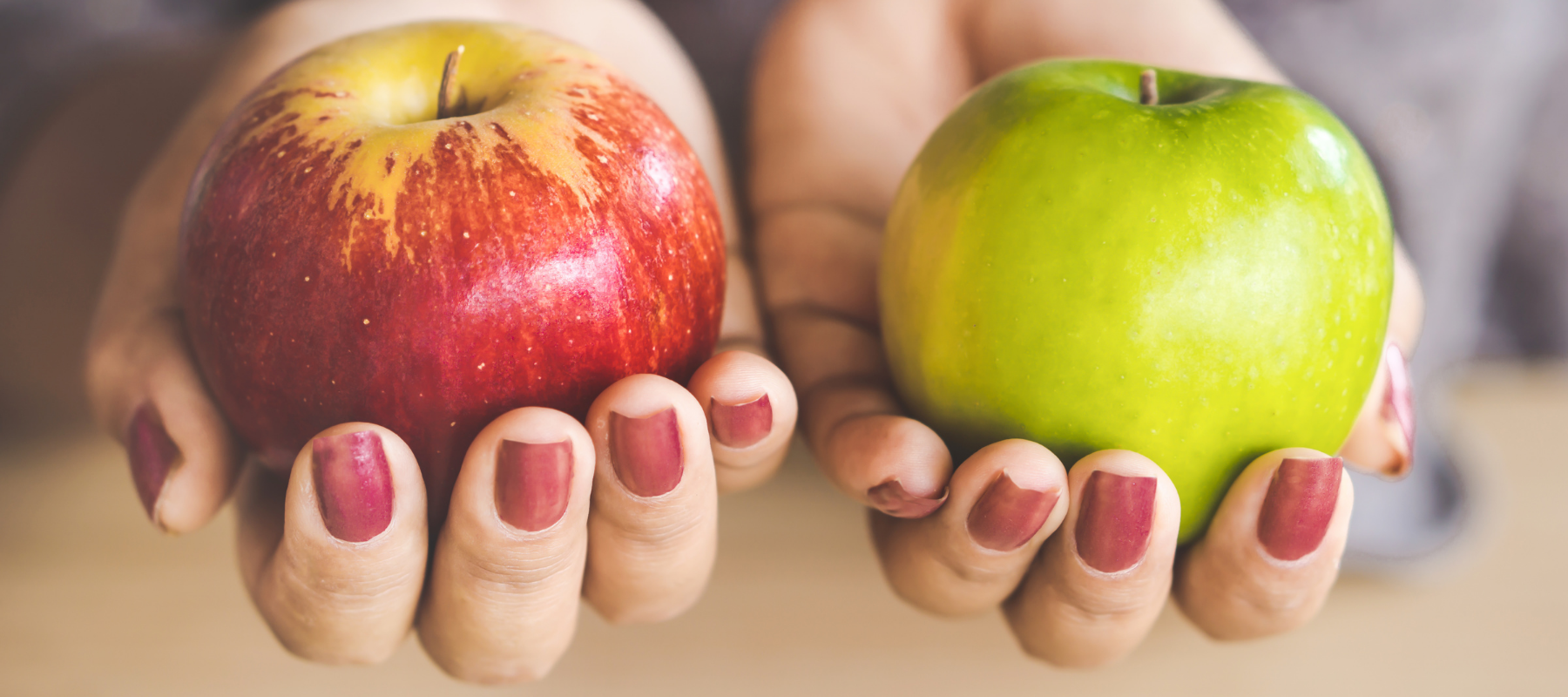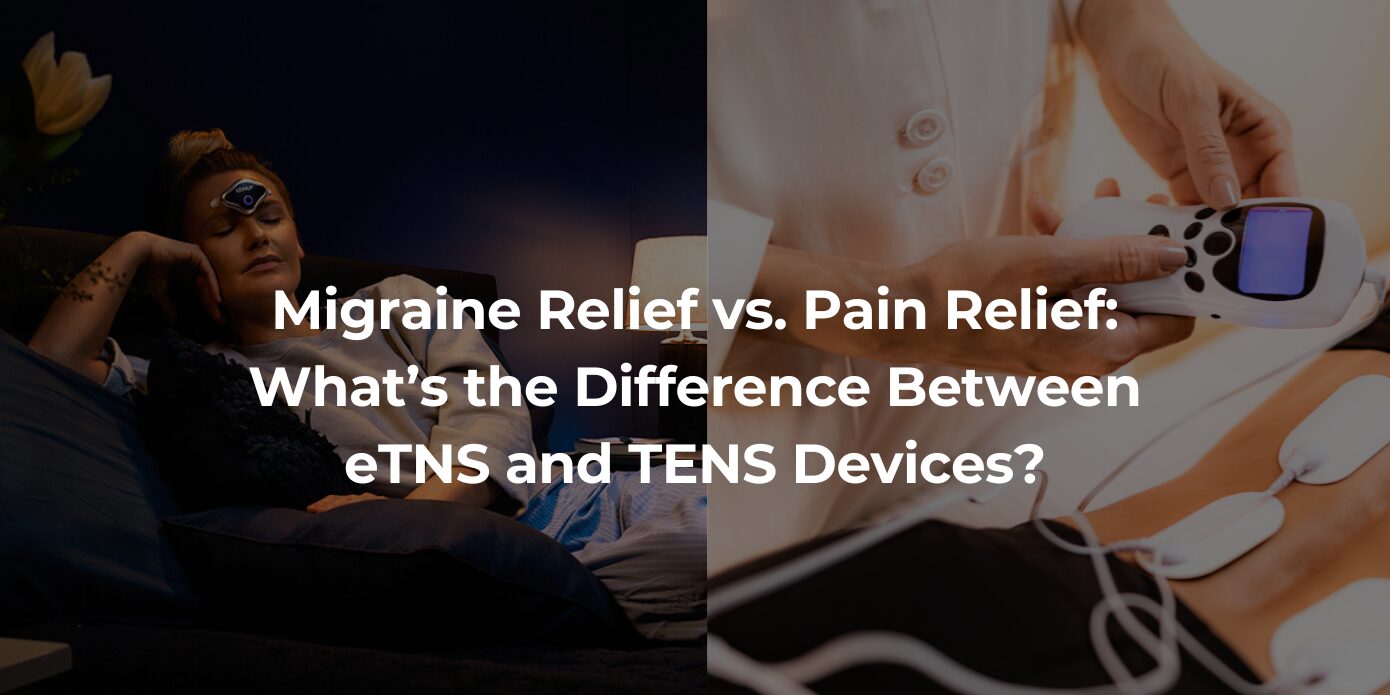- Benefits of acupuncture
- What does acupuncture feel like
- What to expect at an acupuncture appointment
- How acupuncture helps migraine
Many migraine attacks often come with painful throbbing and symptoms like nausea or visual auras. In your journey to find relief from migraine, you may come across acupuncture. It is an ancient practice from traditional Chinese medicine that targets pressure points to promote healing in the body.
People with migraine can use acupuncture as part of a holistic treatment program. Other parts of migraine treatment can include medication, therapies or lifestyle changes.
Explore what exactly acupuncture involves, how migraine sufferers can benefit and where your pressure points lie in this guide.
What is acupuncture?
Acupuncture is a component of traditional Chinese medicine. Your body has over 2,000 pressure points that connect to pathways that impact your health. This treatment aims to balance your body’s energy flow or “qi”. The process involves using very small needles to precisely target these specific points on your body. As a result, acupuncture can help stimulate your central nervous system and redirect the flow of qi.
Three common types of acupuncture are:
- Full body acupuncture: The standard form of acupuncture that releases blockages in your body to activate healing reserves.
- Electroacupuncture: A method that uses weak electrical currents to send pulses through acupuncture needles into pressure points on your skin.
- Auricular acupuncture: In this method, the therapist puts pressure on points of your outer ear to alleviate pain and other conditions.
What are the benefits of acupuncture for migraine?
A migraine attack without aura can last up to 72 hours — and acupuncture can start working in just two hours. While there is no cure for migraine, some people have fewer flare-ups when they go for regular treatments. The benefits of acupuncture for migraine may include:
- Reduced reliance on drugs: Migraine medications can come with side effects that may make you feel worse. Acupuncture offers a drug-free alternative.
- Pain management: Acupuncture can help treat the debilitating pain associated with migraine attacks.
- Symptom relief: Some people find that acupuncture relieves other symptoms, like nausea and light sensitivity, that they experience during a migraine attack.
If you have a pacemaker, take blood thinners or have a bleeding disorder, it is best to avoid acupuncture.
What does acupuncture feel like?

Acupuncture needles are sterile and hair-thin. Some people feel muscle sensations like tingling. This treatment releases feel-good hormones so it is common for people to become so relaxed that they fall asleep during a session. After your session, you might even feel energized.
What can you expect at an acupuncture appointment?
During an acupuncture session, you will be lying down comfortably. Your practitioner will insert very thin needles into specific points that can help alleviate your symptoms. Your overall session can last up to 60 minutes in total. If you feel numbness or a deep heaviness, you know the treatment is working. The full effects are noticeable after a few days. How many times you see a practitioner depends on how your body responds to treatment.
Get Drug-Free Migraine Relief With CEFALY
Shop Now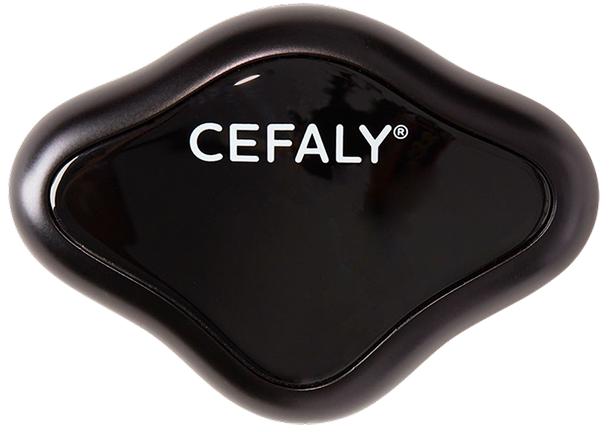
90-day money back guarantee
FDA-cleared
financing available
How can acupuncture help migraine sufferers?
Does acupuncture really work for migraine? Not everyone agrees that it does, but research suggests that it can help. One extensive review of studies found “that there is consistent evidence that acupuncture is beneficial in the treatment of acute migraine attacks and that the available studies suggest that acupuncture is at least as effective as prophylactic drug treatment and has fewer adverse effects.”
Using acupuncture for migraine can lessen the pain and frequency of migraine attacks by triggering your body’s natural healing processes. In particular, the benefits of facial acupuncture include lessening the tension in your jaw. This procedure can even come with an emotional release, since relieving jaw tension can lower your stress levels and blood pressure.
Pressure points for migraine
The power of acupuncture is focused around your pressure points. An acupuncture practitioner can accurately locate the points that will help you find relief. You can also use the concept of acupressure to find and target pressure points at home.
The essential pressure points for migraine relief are on your ears, hands, feet, face and neck. Here are the best acupuncture sites for migraine:
- Ear gate: The Ermen sits at the top of your ear, where the ear meets your temple. Pressure here can relieve facial and jaw pain.
- The top of your head: On top of your head is the Baihui. Putting pressure here can relieve symptoms.
- Daith: The cartilage above your ear canal. Some people experience fewer migraine days when a needle hits this spot.
- Ear apex: Stimulating the Erijian at the tip of your ear can lessen pain and swelling.
- Hand pressure points: The Hegu is on the back of your hand. It is in the webbing between your thumb and index finger.
- Moving point: You can find the moving point or the Xingjian between your big and second toe. Pressure on this area lowers pain in your face and jaw.
- The great surge: The Tai Chong is between your big and second toe, an inch or two back from the toes.
- Above tears: Between and slightly back from your fourth and fifth toes, you will find the Zulinqi.
- Your third eye: The Yin Tang is between your eyebrows, and stimulation here can boost your energy levels while relieving pain.
- Shoulder well: At the top of each shoulder is the Jian Jing, which can be targeted to reduce pain, neck stiffness and headaches.
- Drilling bamboo: The Zanzhu are the two spots where your nose and eyebrows meet. Stimulation here can help reduce migraine frequency and attacks.
- Gates of consciousness: The Feng Chi is at the base of your skull, on either side of your neck. Pressure here can help with fatigue and relieve neck tension.
- Inner wrist: You can find the Nei Guan on your inner wrist, and targeting it can help with nausea.
- Your temples: A common area to massage when you get a headache or migraine, the Taiyang are those soft spots on your temples.

Try CEFALY for migraine relief
Acupuncture can work in tandem with other migraine relief strategies for either treatment or prevention, including CEFALY.
CEFALY is a drug-free, FDA-cleared device designed to help reduce attack frequency and relieve pain. CEFALY works by targeting the trigeminal nerve, the primary pathway for pain during a migraine attack.

